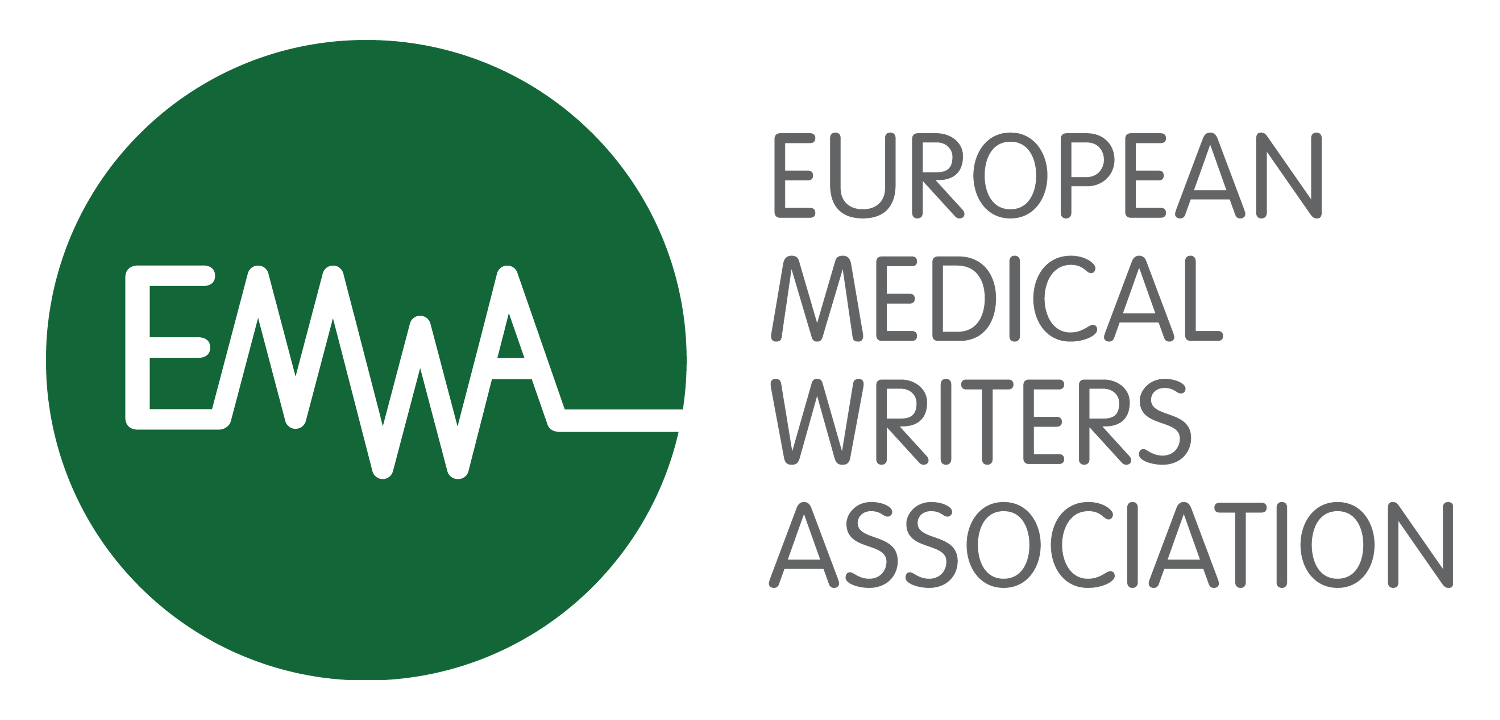Metabolomics and other innovative tools for investigating and anticipating the hepatic toxicity caused by drugs in humans
5:30 PM - 6:00 PM
Drug-induced liver injury (DILI) poses a significant threat during drug development and clinical use, leading to discontinuation and withdrawal from the market, causing substantial economic losses. The incidence of DILI is increasing due to factors like new drug introductions, aging populations, and the use of complementary products. Although DILI symptoms are nonspecific, precise diagnosis is crucial for patient management. Current biochemical markers lack specificity, driving the need for novel biomarkers. Metabolomic analysis has shown promise in identifying specific DILI signatures and differentiating liver injury phenotypes. Early identification of hepatotoxic compounds is essential to prevent market entry and thus, combining metabolomics with in vitro models offers insights into drug mechanisms. This work highlights achievements in using metabolomics to investigate DILI events, develop in vitro models, and anticipate potential drug hepatotoxicity.
Additionally, within the European project ONTOX, we are working on a computational tool based on artificial intelligence (AI) that will be built upon biological/clinical, mechanistic, toxicological/epidemiological, physicochemical, and kinetic databases available for drug-induced steatosis and cholestasis. Clinical data obtained from the review of patient medical records showing liver pathological alterations will serve as the basis for establishing quantitative metabolic networks of adverse outcomes (AOPs: Adverse Outcome Pathways). These networks, in turn, will be used to construct predictive artificial intelligence programs using the principle of machine learning.


